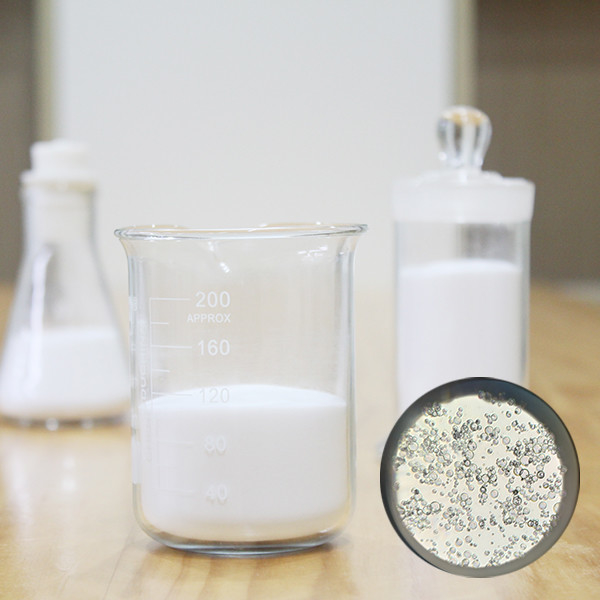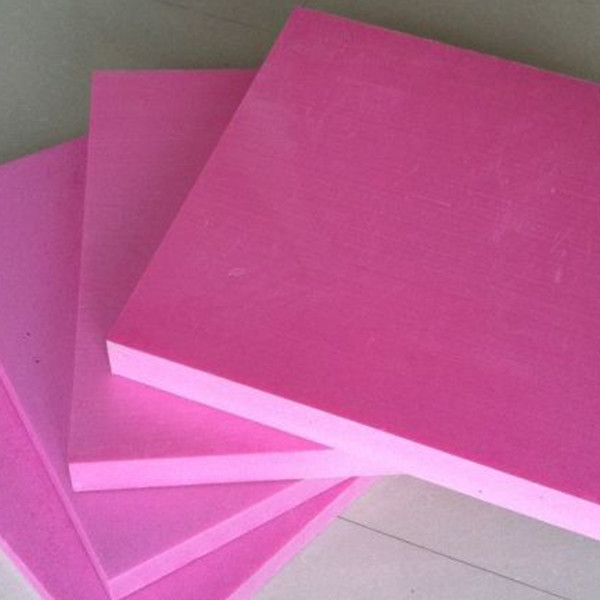HN20 Glass Microspheres - Thermal Insulation Materials
Product Specifications
| Attribute |
Value |
| Product name |
HN20 glass microspheres |
| Application |
Construction |
| Diameter |
30-105 µm |
| Density |
0.15-1.0 g/cm³ |
| Compressive Strength |
500 psi |
| Chemical Composition |
SiO2, Na2O, CaO, MgO, Al2O3 |
| Color |
White or transparent |
| True Density |
0.18-0.22 |
| Bulk Density |
0.10-0.12 |
| Dielectric Constant |
1.2-2.2 (100MHZ) |
| Thermal Conductivity |
0.07 |
Product Description
Hollow glass bubble synthetic foam is a specialized material created by incorporating hollow glass microspheres into a synthetic foam matrix. These microscopic bubbles provide exceptional lightweight properties while maintaining high compressive strength, making them ideal for thermal insulation applications.

Key Applications
- Thermal insulation: Excellent for building and construction applications including insulation panels and roofing systems
- Sound reduction: Effective for noise control in automotive and aerospace industries
- Lightweight solutions: Ideal for applications where weight reduction is critical
Technical Specifications
| Model |
True Density (g/cm³) |
Bulk Density (g/cm³) |
Compressive Strength (psi) |
Diameter (um) |
| HN20 |
0.18-0.22 |
0.10-0.12 |
500 |
25-105 |
Product Advantages
- Reduces production costs
- Simplifies molding processes
- Improves surface finishing
- Minimizes shrinkage
- Enhances structural stability
Why Choose Our HN20 Glass Microspheres?
- Over 20 years of specialized manufacturing experience
- Ranked among the largest HGB manufacturers globally
- Guaranteed product quality with verifiable density and strength specifications
- Consistent performance and reliability in all applications
Frequently Asked Questions
What packaging options are available for HN20 glass microspheres?
We offer standard packaging in cartons and ton bags, with dimensions varying by product model and density. Custom packaging solutions are available upon request through our technical team.
What is Hainuo Technology's background in glass microsphere production?
Established in 2011 with support from government research institutions, Hainuo Technology has achieved significant technological breakthroughs and is recognized as a "High-Tech Enterprise" and "Outstanding Enterprise in Shanxi province." Our products are used in major national projects by industry leaders like CNPC and CNOOC.
What safety precautions should be taken when handling HN20 microspheres?
Work in well-ventilated areas and minimize dust generation during unpacking. For sensitive individuals, we recommend using protective eyewear and gloves. Handle packages gently to prevent particle release.
What are the primary benefits of using hollow glass bubbles?
HN20 microspheres enhance thermal insulation, improve fluidity and stiffness, increase strength endurance, and provide excellent chemical resistance while reducing material weight.
What industries commonly use hollow glass bubbles?
Our microspheres serve diverse applications in aerospace, rubber, plastic, marine, and construction industries as lightweight performance enhancers.
What is the size and density range of Hainuo's glass bubbles?
Our product line offers densities from 0.11-0.606 g/cm³ and particle sizes ranging from 10-115 microns to meet various application requirements.
Are HN20 glass microspheres environmentally friendly?
Yes, manufactured from natural sand materials, our microspheres are fully recyclable and environmentally safe. Sustainability is a core principle throughout our production processes.
Can HN20 be used in 3D printing applications?
Absolutely. When added to 3D printing materials, our microspheres reduce weight, improve strength, enhance printability, and minimize warping.
Are glass microspheres suitable for concrete applications?
Yes, they serve as excellent lightweight aggregates in concrete, improving thermal insulation, fire resistance, workability, and durability.
What is Hainuo's current production capacity?
Our current annual capacity is 15,000 metric tons, with expansion plans to reach 35,000 tons by 2026 through new production facilities.
What are the storage requirements for HN20 microspheres?
Store in dry, cool areas away from direct sunlight. Keep packages tightly sealed to prevent moisture absorption and particle release.

 Your message must be between 20-3,000 characters!
Your message must be between 20-3,000 characters! Please check your E-mail!
Please check your E-mail!  Your message must be between 20-3,000 characters!
Your message must be between 20-3,000 characters! Please check your E-mail!
Please check your E-mail! 


